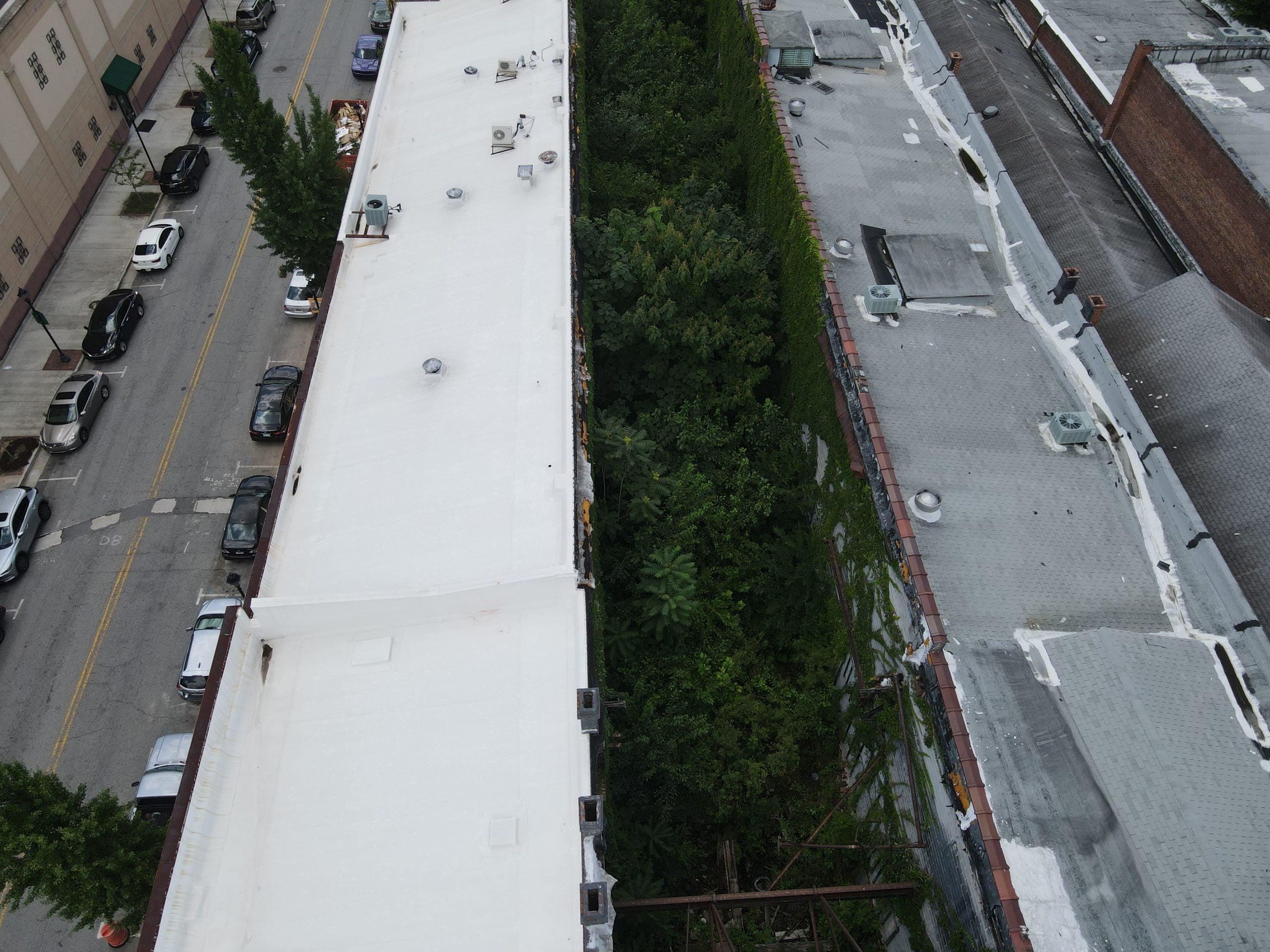Millions of people worldwide watched in horror as the Champlain Towers South building in Surf City, Fla. collapsed on June 24, killing at least 96. It led many in the CSRA to ask whether such an event could happen to a high-rise building locally, or even an old historic building.
There are no laws on the books in Georgia that govern the structural integrity of older buildings and the people who should be considered experts are reluctant to talk about the issue.
MORE: Historical Renovator Purchases Lamar Building
It was determined that most major banks do not ask for a structural review of a building during a loan transaction, but no one in the banking industry wanted to go on the record to establish that as a fact.
Actually, hardly anyone wanted to go on the record to discuss the matter. Marshall Masters, who is head of code enforcement of Augusta/Richmond County refused to even have a conversation on the matter or even speak off the record.
Representatives with Cranston Engineering were happy to provide information about state law, but no one was willing to go on the record to discuss the structural integrity of aged buildings.
[adrotate banner=”54″]
Cranston Engineering’s Harris Mosely said the state law that oversees the ongoing inspection of buildings and the determination for a structural review is largely determined by someone identified as the building official in Georgia Code 3401.2.
“The owner or the owners’ designated agent shall be responsible for the maintenance of buildings and structures. To determine compliance with this subsection, the building official shall have the authority to require a building or structure to be re-inspected,” the code reads.
State law was amended to make the “building official” anyone designated by the designers of the building in question. It reads:
“The registered design professional in responsible charge and engineers of record involved in the design of the project are permitted to act as the approved agency and their personnel are permitted to act as the special inspector for the work designed by them.”
In Georgia, the fact is that once a building is erected, the structural integrity of that building remains under the sole control of the landowner. Unless the landowner attempts to modify the building and must submit permits to work on the building, there are no mandatory inspections throughout a building’s life and most of the time, the biggest issue discussed is fire safety.
[adrotate banner=”19″]
While no one has reported any structural concerns with buildings such as Port Royal or even the newly-sold Lamar Building, which was built in 1916, there are structures in downtown Augusta that are worrisome. No one expects anything like what occurred in Florida to happen here, but it is worthwhile to investigate what the law states when it comes to old and non-inspected buildings.
Strolling past what is known as ‘the Old Bayou Building,’ on Broad street is an iffy affair as the building was gutted by fire in 2001. Drone footage shows that what was once an enormous building is now just a terrarium with no roof.
A jungle has grown up inside what used to be a two story building.
Opinion: Regency Mall is Not the Real Problem
From the outdoors looking into 904 Broad St., one would think it is just another facade on the city’s main thoroughfare, but behind the bricks and blacked out windows is an ecosystem growing roots underneath the buildings that are directly adjacent.
No one seems to be able to determine if this is a risk to public safety.
The bottom line is that no structure in Georgia — no matter the age of the building — is considered a public problem unless it is condemned. Even historic facades can be propped up without any oversight unless a tragedy of some sort occurs.
Scott Hudson is the Senior Reporter for The Augusta Press. Reach him at scott@theaugustapress.com.
[adrotate banner=”45″]











